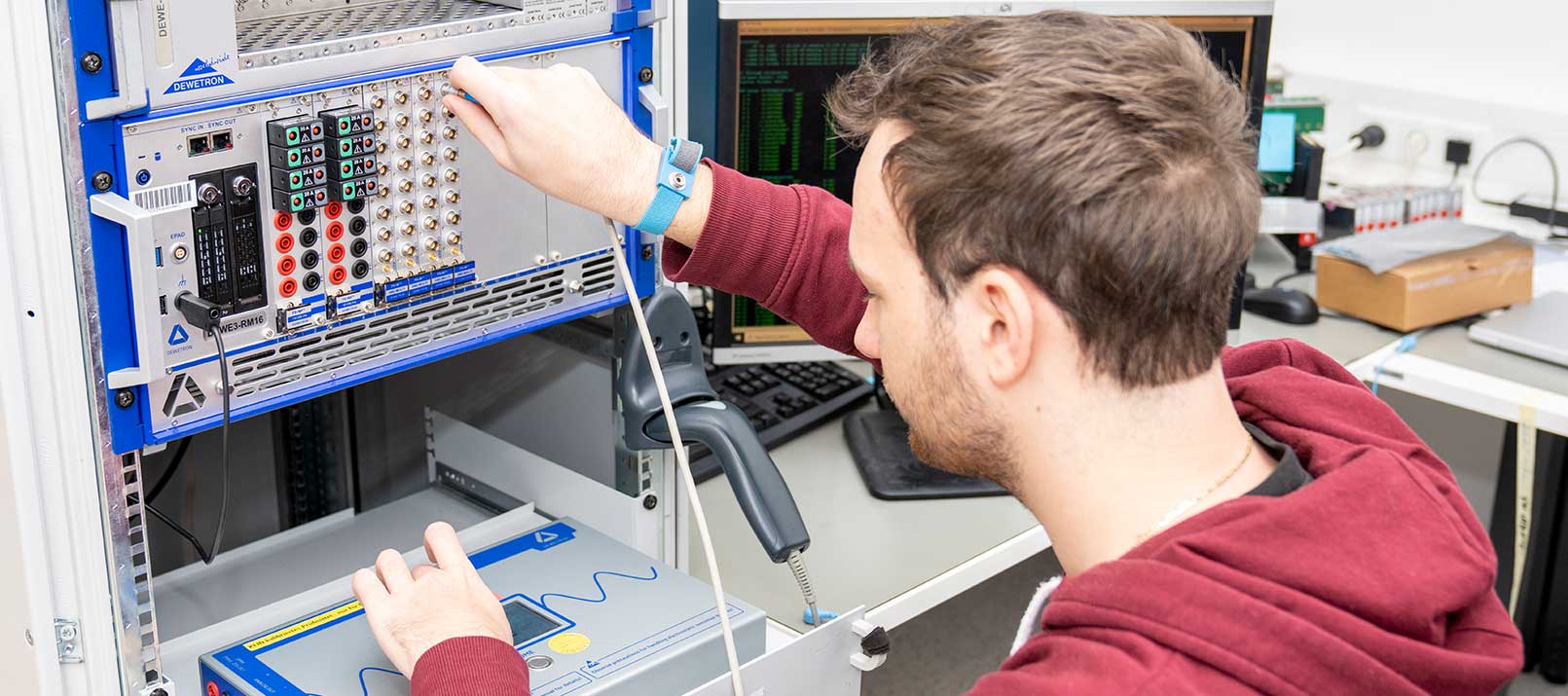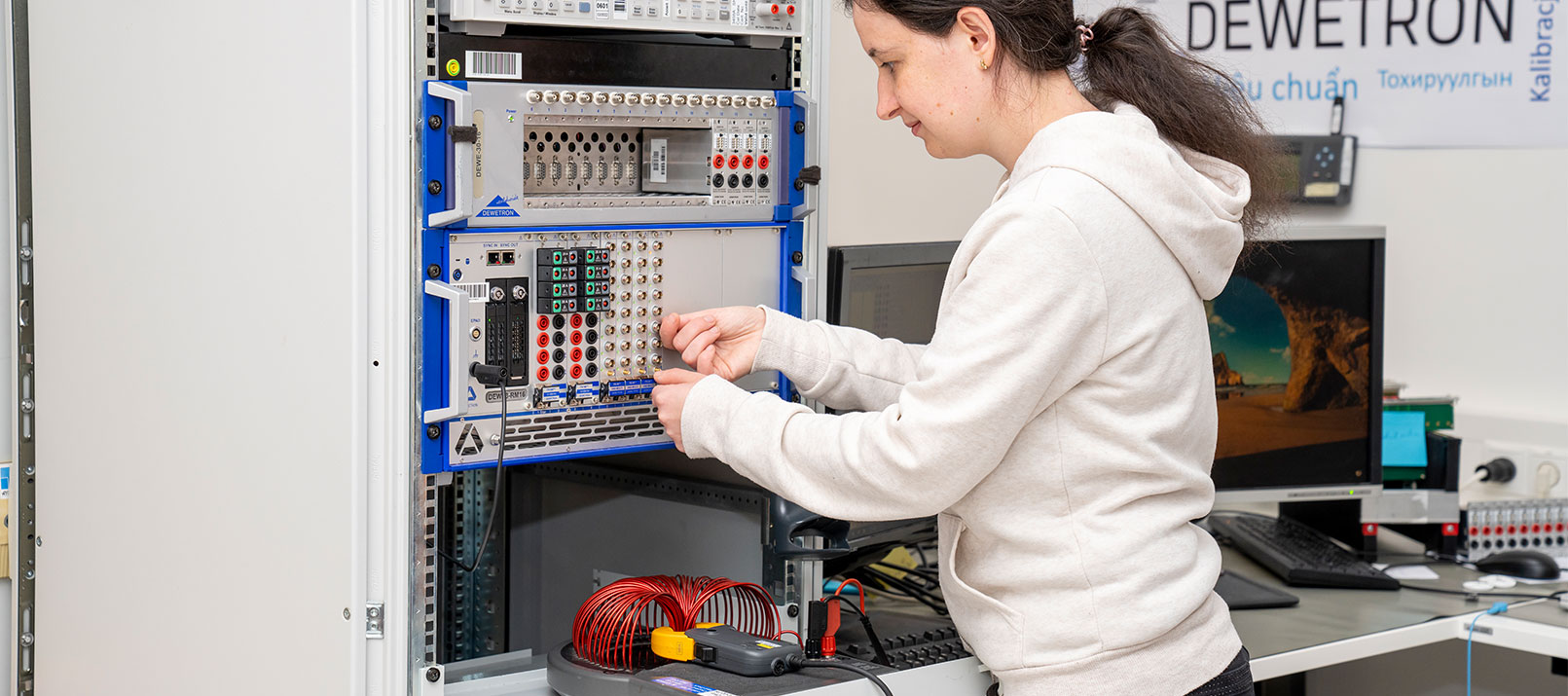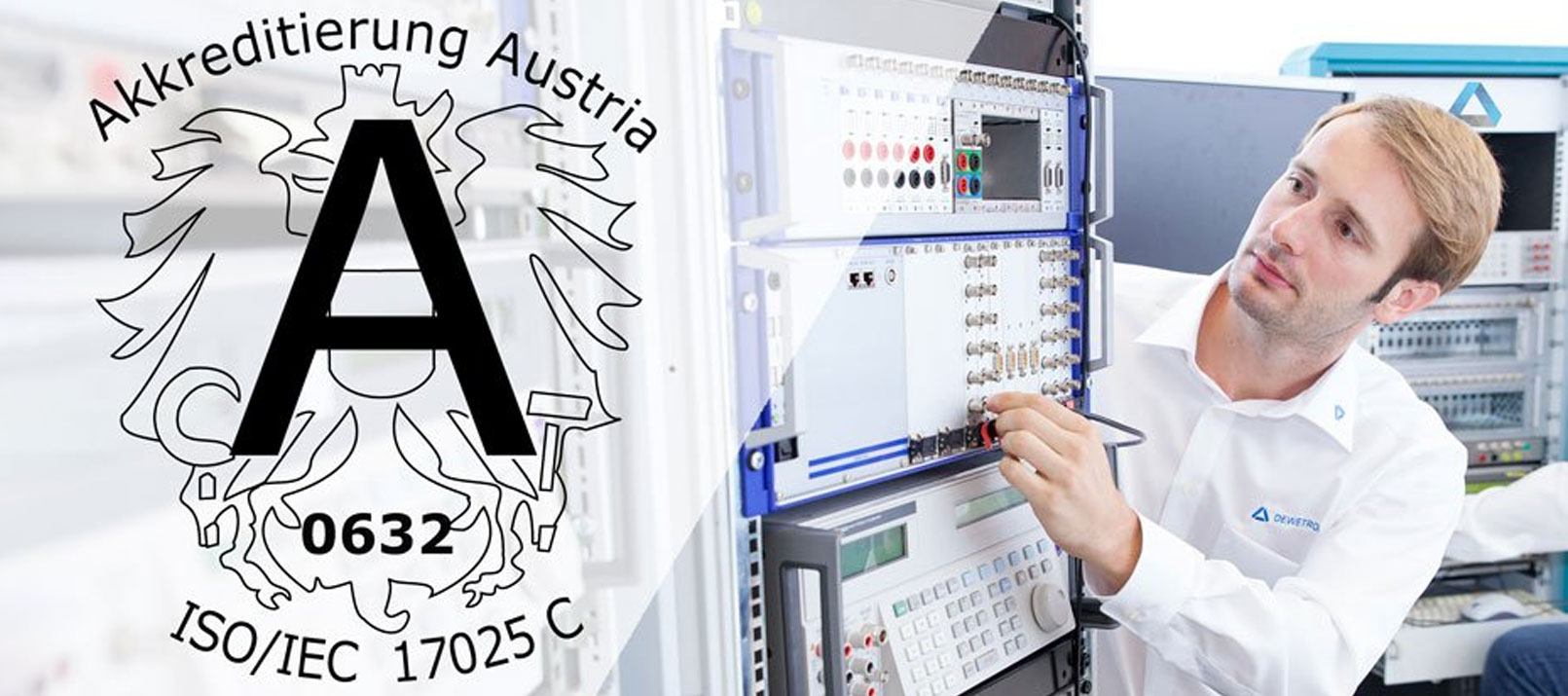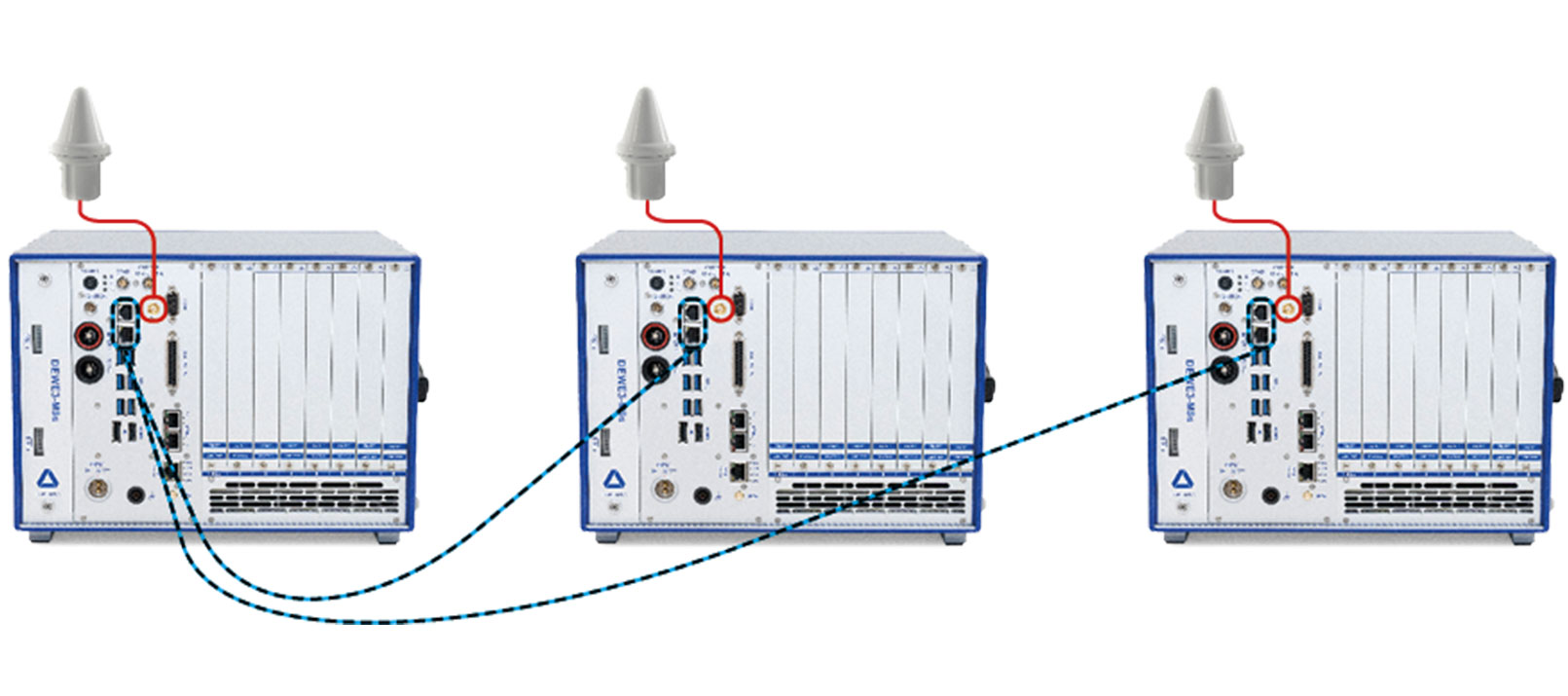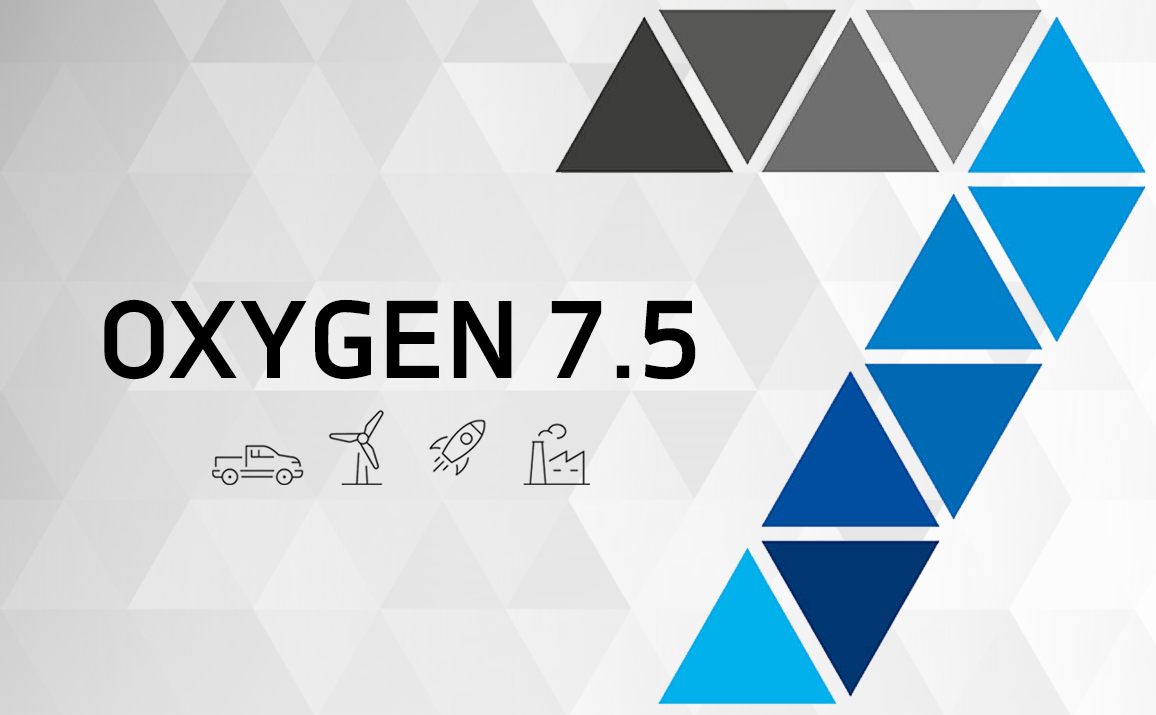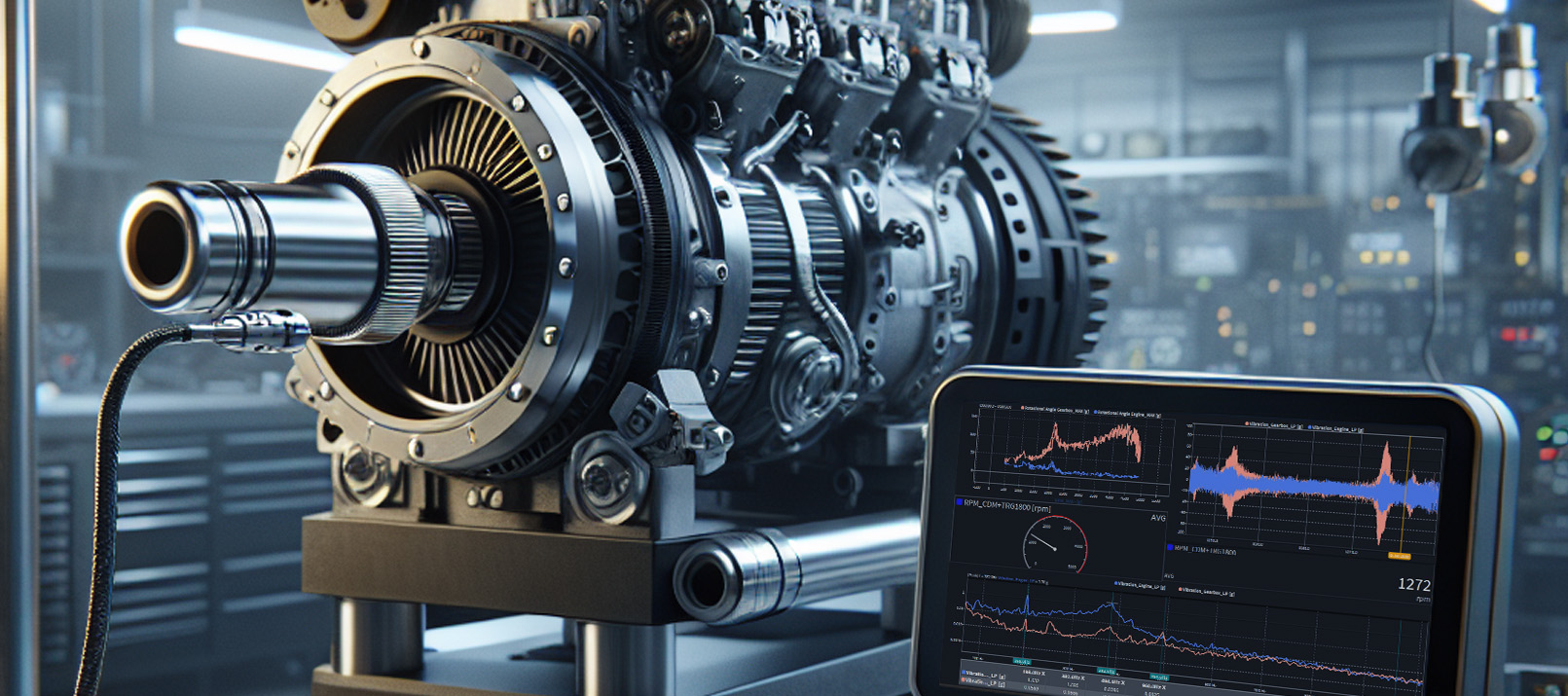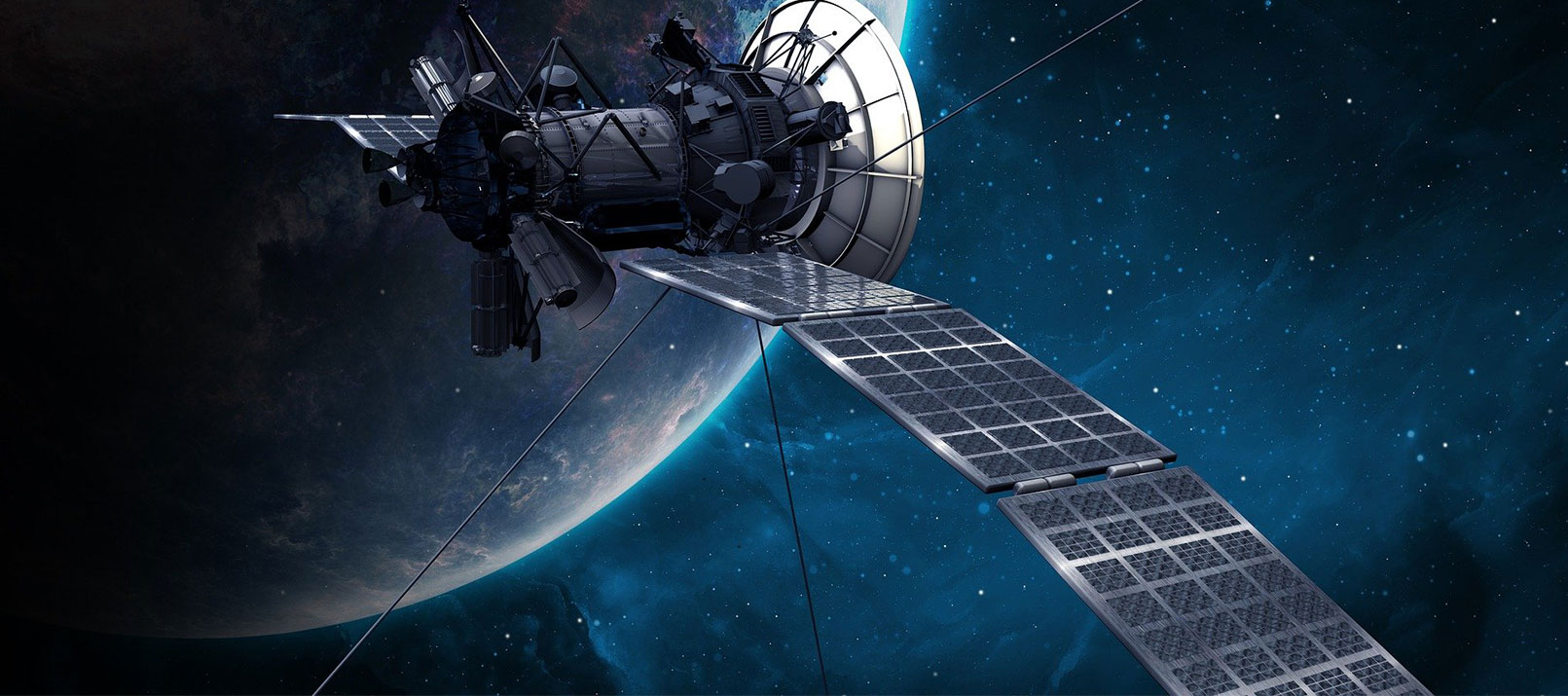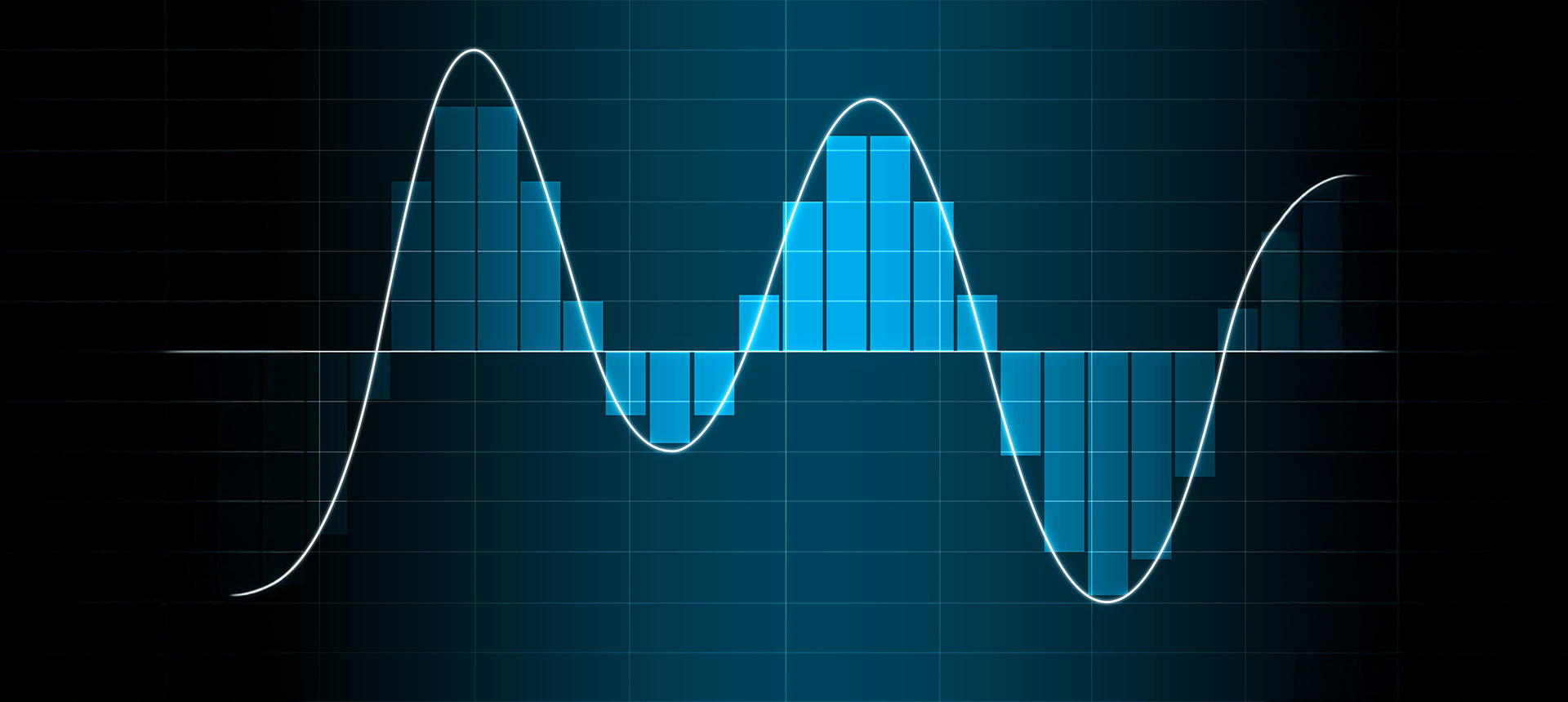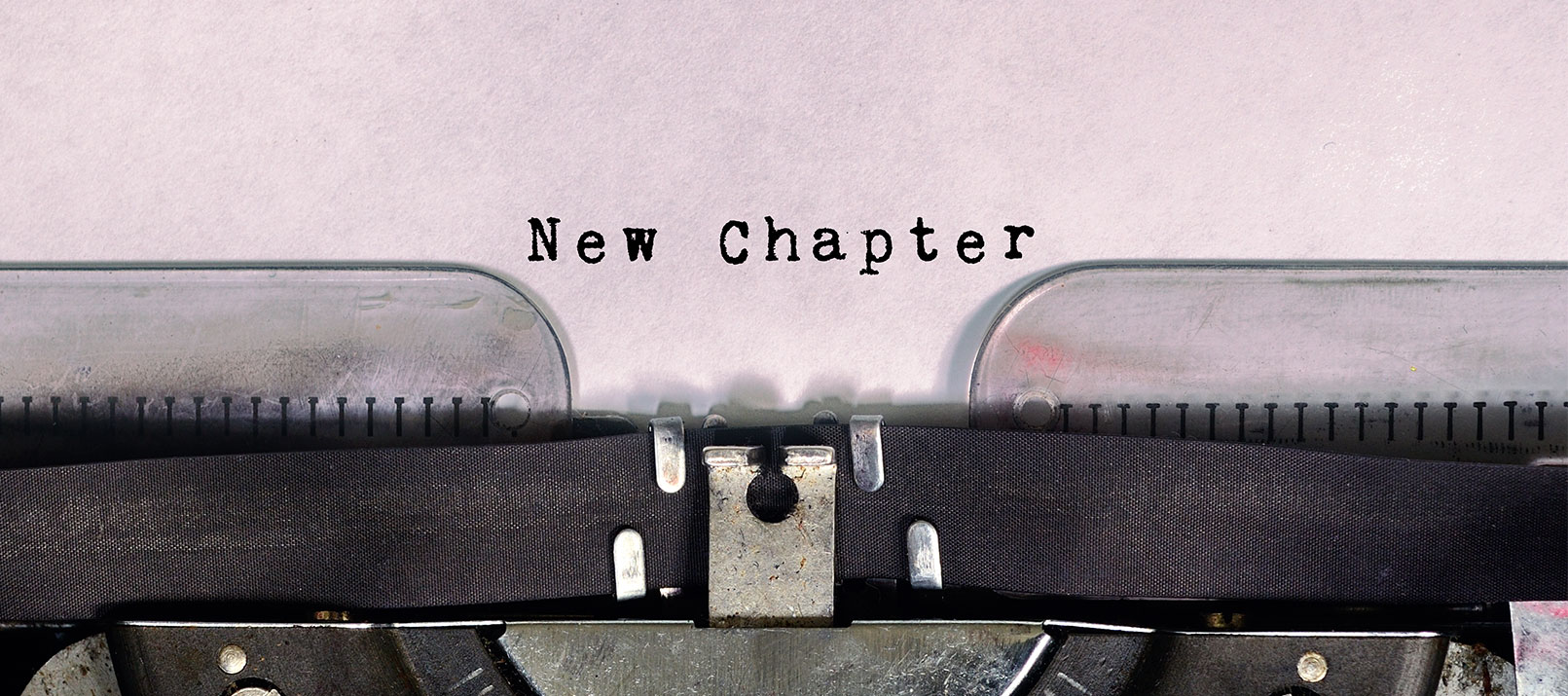The calibration process and its importance
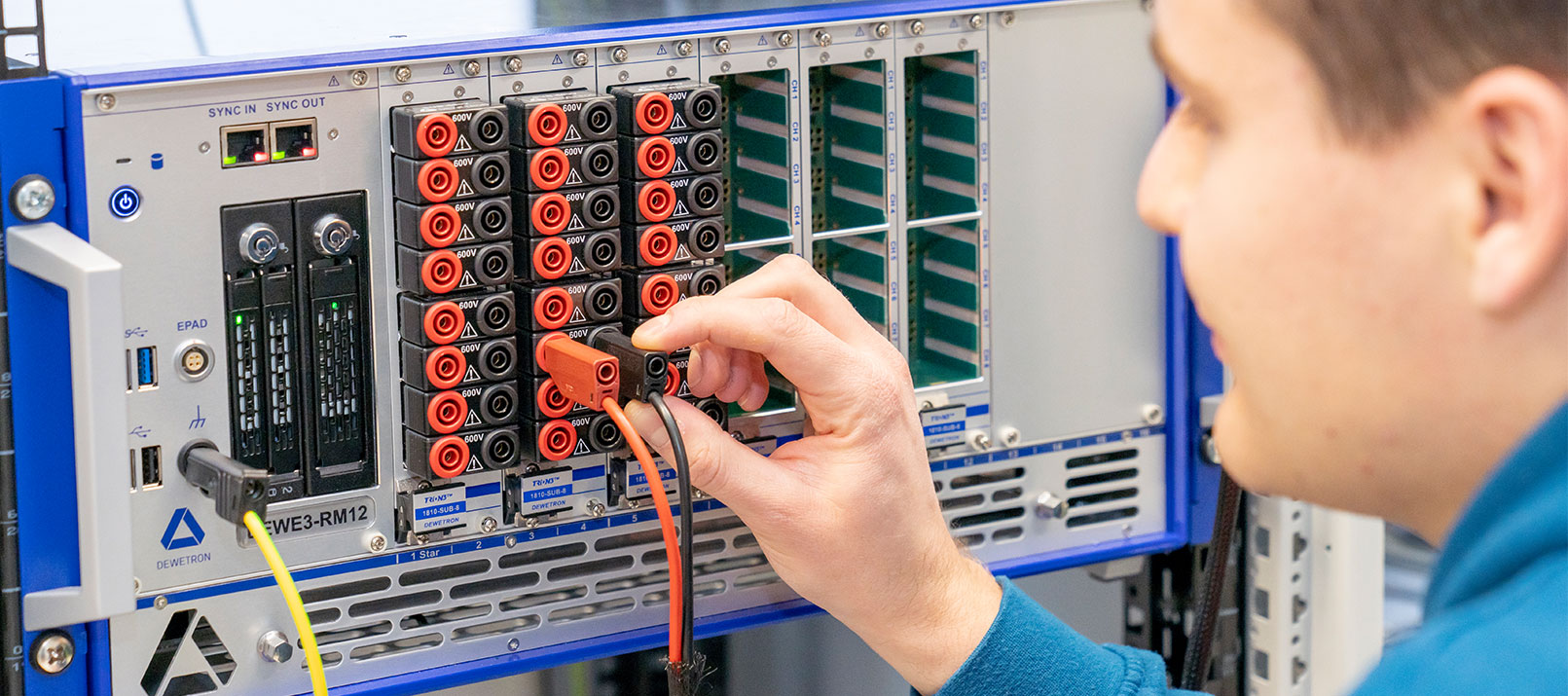
Measuring devices make mistakes
Measuring instruments should provide us with quantitative information about our environment. However, we often forget that they are not perfect. First of all, the devices themselves are part of our environment and therefore react to its influences. The uncertainties that arise from this are most often statistical errors. On the other hand, a measuring device can also have inaccuracies due to its design. These are systematic measurement errors. Usually, we can do little to avoid statistical errors. However, there are a number of things that prevent systematic measurement errors. Two steps are necessary for this:
- Calibration: Determining the measured deviation.
- Adjustment: Correcting the measured deviation.
A measuring instrument that delivers incorrect values should therefore, in the first step, undergo calibration. This determines the size of the error and an inaccuracy can be indicated. Once the magnitude of the error is known, it can be corrected if necessary.
The calibration itself therefore only determines the deviations of the measuring device from a standard value. Only in the adjustment one makes an intervention in the apparatus and corrects the deviation.
How to perform a calibration
To perform a calibration, one first needs a standard value. The calibration determines the deviation of the device from this standard value. For electrical systems, a signal generator is often the device of choice. This signal source outputs, for example, a voltage of 5 volts and checks whether the measuring device also measures 5 volts.
It may now happen that the deviation from the standard value is so large that it lies outside the specified tolerance, for example, if a voltmeter measures a voltage of 5.4 V instead of 5.0 V. In this case it is necessary to adjust the device. This is done by either directly intervening in the hardware of the system or simply by adjusting the measuring scale on the software side.
In most cases, the signal source itself is also subject to uncertainties. For example, the voltage output by the generator may actually be 5.1 V instead of 5.0 V. In order to account for this circumstance, the signal source itself must be calibrated and adjusted. A guideline value is that the reference value should have an uncertainty four times smaller than the device one calibrates.
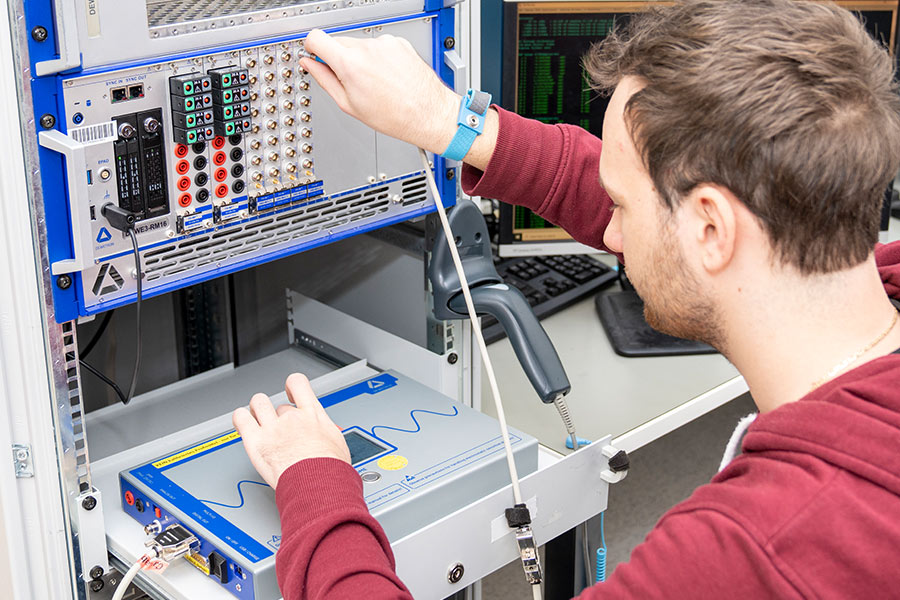
Calibration at DEWETRONs calibration-laboratory
Accredited calibration or factory calibration
Before leaving the factory, it is important that instruments undergo a calibration process. Only in this way one knows which uncertainties he or she has to deal with in practice. But calibration is not the same everywhere. There are companies and laboratories that meet certain higher quality standards. Laboratories that perform standard factory calibrations comply with ISO 9001 quality control. A laboratory that complies with ISO 17025 standards is an accredited laboratory. Many industries, such as aerospace or military, require accredited calibration of their products. This is the only way to ensure full international comparability and quality assurance.
Quality is our promise
We at DEWETRON are aware of our responsibility as a manufacturer of high-quality products. Therefore, we calibrate and adjust all manufactured measuring instruments. To avoid too large deviations, we have calibrated all measuring modules sold by DEWETRON at least within the last 6 months. If our customers require additional calibration before delivery, our laboratory will recalibrate (or accredit) the instrument. In this case, we also attach a printed and signed calibration certificate. For TRION(3) modules and our PUR[REC], a calibration certificate is also provided in digital form without an additional order.
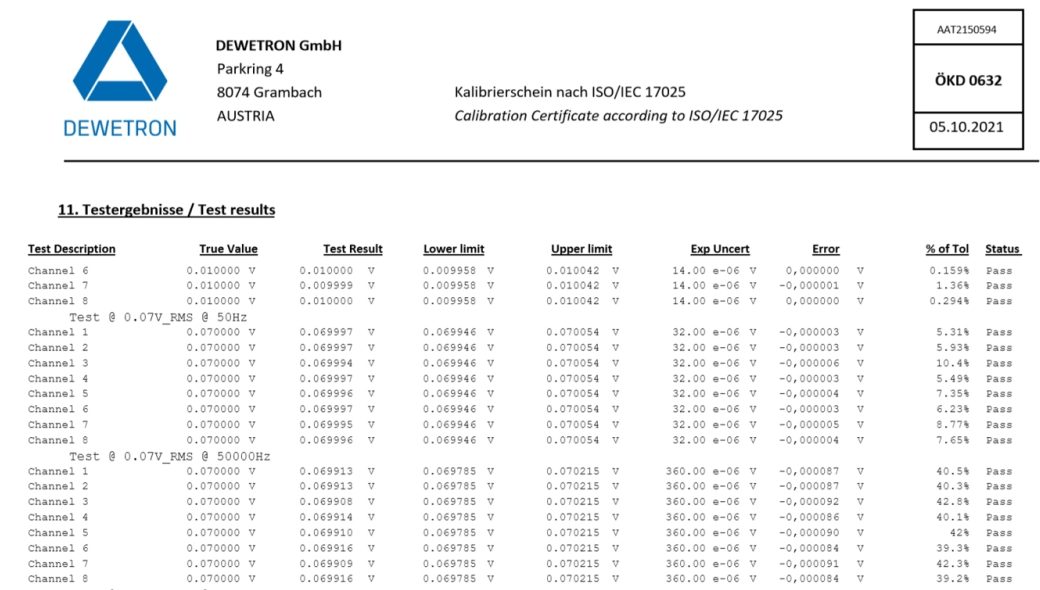
Example of an accredited calibration certificate
Quality assurance in our calibration laboratory meets at least the requirements of ISO 9001 for non-accredited operations. In addition to this, DEWETRONs calibration laboratory satisfies ISO 17025 accreditation. Due to this, Akkreditierung Austria, the Austrian National Accreditation Body, inspects our calibration laboratory at regularly defined intervals which ensures the highest quality for our customers. This can only be achieved because our signal sources themselves get calibrated annually and adjusted if necessary. This is the only reason why we can maintain our set standards.
